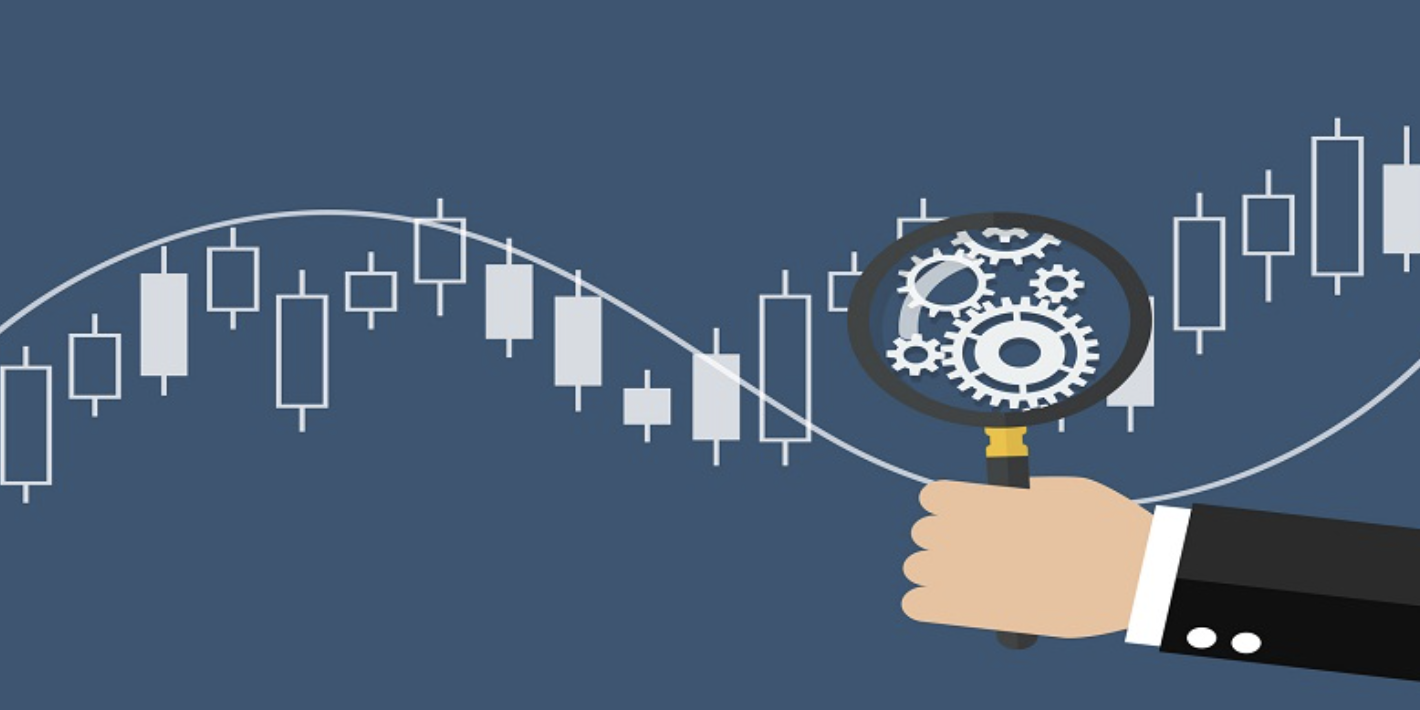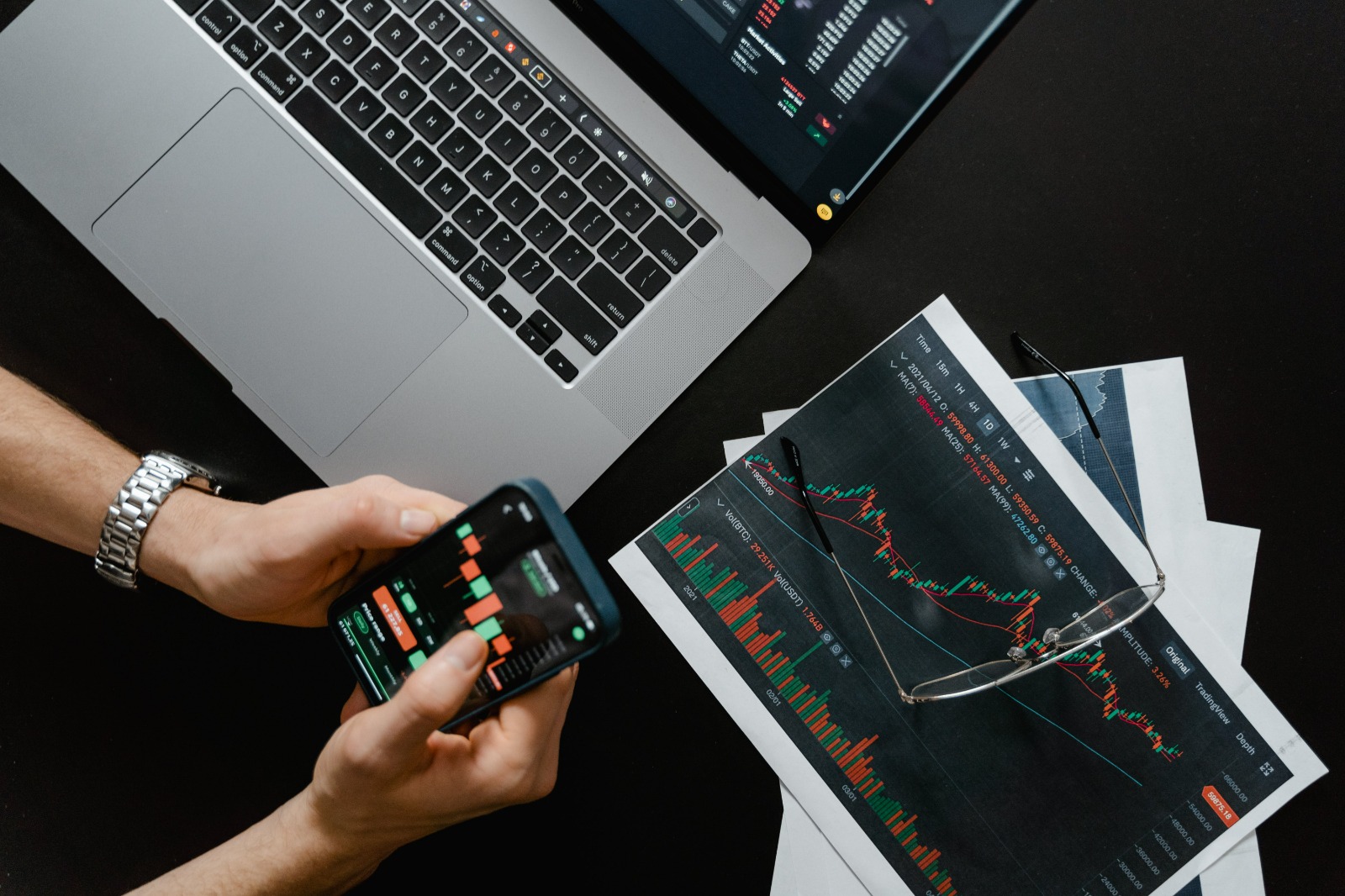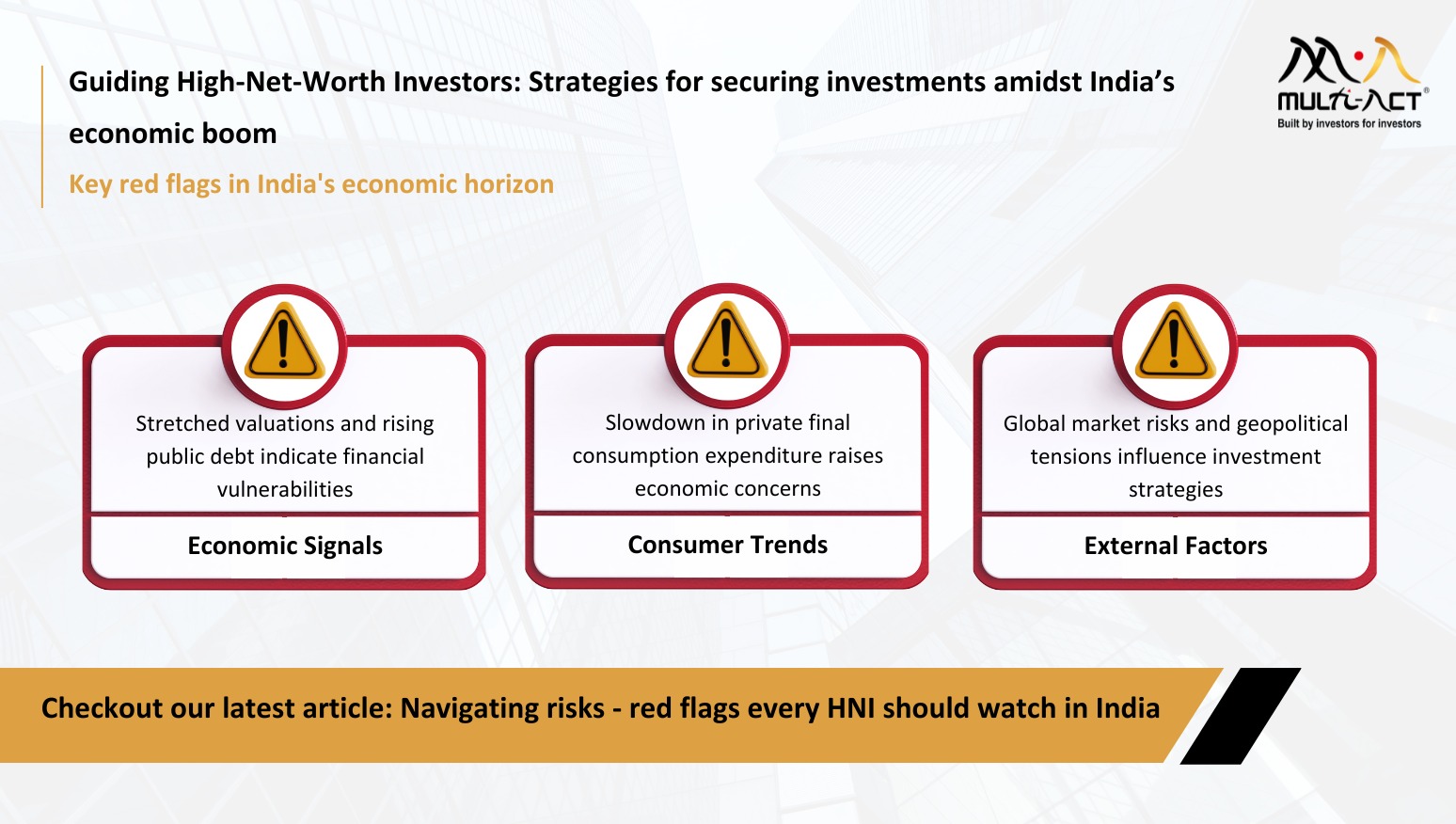
Assessing the effectiveness of mutual fund categories in Indian portfolios
Amogh Korde, Project Lead – Behavioural and Fund Analytics at Multi-Act, delves into the ever-evolving investment landscape … Continued
Read more8 April 2017

Since June 2015, we have been voicing our concern on market valuations on mid and small-cap space. Irrespective of events like Brexit, demonetization or outcome of US elections, market momentum in mid and small-cap space has been undeterred.
Since May 2014 with the outcome of Indian elections and NDA government coming in majority, we believe market has rallied on a complete hope based story where the gap between valuations and fundamentals has widened significantly. Focus has shifted from strong conventional businesses to emerging and turnaround stories where we believe the premiums paid are very high.
It is usually in a market like this when behavioural biases overpower an investor’s cognitive decision-making ability where greed takes precedence to rational thinking.
At Multi-Act, we conducted a study to understand which kind of businesses have rallied the most in the last three years and what has been the ground reality on the fundamental business growth.
Assuming BSE 500 as a true representative of the market across large, mid and small caps stocks, we classified BSE 500 into three major pockets, classified as per Multi-Act’s Framework. 1) A and B+ grade companies 2) B grade companies 3) B- and C grade companies. Broad characteristics of each of these grade is as follows:
| Grade | Description |
| A and B+ | Strong financial performance (minimum over last 5-7 years) with ROCE, ROE > 20%, net cash positive (Cash + Market Investments >Total Debt), low leverage and strong top line and bottom-line growth. They usually have a Moat business. |
| B | Average businesses whose ROE is not more than cost of capital (13.0%) over long term, limited cash generating ability (Cash + Market Investments <= Total Debt). They usually do not enjoy any competitive business advantage. |
| B– and C | Poor businesses which earn lower than cost of capital over long term. In other words, in order to expand their business they land up eroding their capital over long term. They do not enjoy any competitive business advantage. |
We would like to highlight that this study does not include Banks and Financial Institutions. Out of the remaining 414 companies, we have not graded 94 companies.
Since our prime focus is always on company quality, our study is conducted on how these three pockets have performed in BSE 500 over the last three years.
Market Momentum:
It can be seen in the Table below, since the start of 2014 market has rallied most in B- and C companies which are inherently poor businesses but are expected to appreciate the most when an economy comes out of bad phase and recovery is expected to shape up faster.

Further, one can see in Table below that it’s after Feb 2016 that there has been sharp rally in B- and C companies where they witnessed significant premium valuations as compared to A, B+ and B grade companies. According to us such sharp rally in B- and C companies over a period of 12 months is a cause of concern.
Underlying Business characteristics
The table below indicates the fundamental characteristics of these graded companies over long term.
While valuing a company, one of the key factors we look at is if the business has a Moat or not. We believe if a business does not enjoy competitive advantage then strong financial performance depicted during a specific period might not continue in the future.
As we go down the grade, the composition of Moat/Limited Moat businesses reduces from 90% in A/B+ companies to 14% in B grade companies and 0% in B-/C grade companies.

| Grade | Moat | Limited Moat | Non–Moat |
| A and B+ | 47.7% | 43.2% | 9.1% |
| B | 2.6% | 11.6% | 85.8% |
| B– and C | 0% | 0% | 100.0% |
In terms of business growth, broadly A, B+ and B graded companies have grown at a similar rate over the last 5 years. However over the last 10 years, in terms of underlying business return, cash generating ability and leverage, A and B+ companies have posted better performance as against B, B- and C companies.
| Grade | 5 Years (Growth CAGR) | 10 Years Average | ||||
| Revenue | Operating
Profit |
ROE | ROCE | Free Cash
Flow/EPS |
Debt/Equity | |
| A and B+ | 10.0% | 11.2% | 30.8% | 28.8% | 73.8% | 0.00 |
| B | 10.6% | 12.5% | 19.6% | 16.3% | 27.6% | 0.38 |
| B– and C | 7.8% | 9.0% | 9.5% | 4.7% | -69.7% | 1.21 |
Source: ACE Equity, MA Research
Note: Outliers have been removed
This indicates that A and B+ companies have strong businesses which earn much higher than cost of capital and are able to grow on internal accruals and do not have to rely on debt for their growth. Thus in an economic downturn or uncertain global macro outcome, A and B+ companies will withstand the volatility and fall the least as against other players in the market.
We believe for a long term investor, who wants to seize high equity returns but at the same time wants his downside protected, it makes complete sense to have high exposure to A and B+ companies given the high underlying return on their business. This doesn’t mean that other businesses are bad investments. For B grade businesses one has to be mindful of the price paid and overall portfolio allocation towards such companies. According to us, B- and C companies are not investable companies since chances of permanent loss of capital is high in these companies.
We believe market is still focusing on hope based story which is far different from the fundamental growth in these companies. In the table below, you can see that B- and C graded companies’ top line and operating profit growth has been the least as compared to A, B+ and B graded companies.
| Qtr Mar’14 to Dec’16 (3 years period) | Revenue Growth | EBIT Growth |
| A and B+ | 6.6% | 17.0% |
| B | 10.9% | 22.9% |
| B- and C | 3.5% | 10.5% |
| Qtr Jun’16 to Dec’16 (9 months period) | ||
| A/B+ | 6.3% | 6.7% |
| B | 5.3% | 9.8% |
| B- and C | 2.4% | 6.2% |
Source: ACE Equity, MA Research
Note: Outliers have been removed
Such sluggish performance at the ground level further supports our belief that the current bull rally is a hope based rally where the market has given very high premium valuations to average/poor businesses. The current market rally is more due to re-rating of companies rather than any fundamental or structural improvement.
| Grade | Jun’16 to Dec’16 (9 months period) | Mar’14 to Dec’16 (3 years period) |
|
A and B+ |
||
| Operating Profit Growth | 6.7% | 17.0% |
| Stock Price Movement | 15.7% | 68.8% |
| Re-Rating | 9.0% | 51.8% |
|
B |
||
| Operating Profit Growth | 9.8% | 22.9% |
| Stock Price Movement | 27.1% | 117.7% |
| Re-Rating | 17.3% | 94.8% |
|
B– and C |
||
| Operating Profit Growth | 6.2% | 10.5% |
| Stock Price Movement | 34.1% | 129.5% |
| Re-Rating | 27.9% | 119.0% |
Source: ACE Equity, MA Research
Note: Outliers have been removed
In the current market rally, liquidity is a major contributor. It is practically not possible to estimate when the liquidity will turn. But time and again we have seen that when the tide turns, valuations have to justify the quality of the underlying business. It is interesting to note that in the current rally, premium paid to high quality companies have significantly come down and market is paying the same kind of premium to poor quality companies (see the table below).

Note: Of the total 633 companies valued by Multi-Act at some point in time, we have classified them as High quality and Low quality companies. High quality companies represent all A and B+ graded companies where as Low quality represents all the B- and C graded companies. Valuation Premium is calculated by dividing median PE of the entire basket of High quality companies to median PE of entire basket of Low quality companies. For eg. Median PE of high quality companies was 126% higher in Sep’13 which has come down to 21% in Mar’17.
We believe even if full economic recovery was to come in and earnings were to improve significantly, prospective return on these stocks from here on looks very limited or negative in some cases. There will be a few companies in B, B- and C which are available at discount or have seen significant improvement at ground level, but the gap between fundamental and valuation at a broader level looks extremely high.
In times like these, we have chosen to stick to our evidence based investment strategy and striving to not get enamoured by the phenomenal returns made in the market at the expense of compromising quality and valuation. Equities by their very nature will continue to move up and down, as an investor all you can do is stick to your Investment process and not deviate based on market behaviour.
“The stock market is the story of cycles and of the human behaviour that is responsible for overreactions in both directions.” – Seth Klarman.

Amogh Korde, Project Lead – Behavioural and Fund Analytics at Multi-Act, delves into the ever-evolving investment landscape … Continued
Read more
When I consider PSU stocks, I’m reminded of the famous song of Bob Dylan, “The Times They … Continued
Read more
The Indian economy is on a promising trajectory, with expectations of robust GDP growth surpassing 6.5% in … Continued
Read moreReceive monthly updates by signing up to our newsletter.
| Sr. No. | Received from | Pending at the end of last month | Received | Resolved* | Total Pending # | Pending complaints > 3 months | Average Resolution time^ (in days) |
|---|---|---|---|---|---|---|---|
| 1 | Directly from Investors | 0 | 0 | 0 | 0 | 0 | 0 |
| 2 | SEBI (SCORES) | 0 | 0 | 0 | 0 | 0 | 0 |
| 3 | Other Sources (if any) |
0 | 0 | 0 | 0 | 0 | 0 |
| Grand Total | 0 | 0 | 0 | 0 | 0 | 0 |
Trend of Monthly Disposal of Complaints
| Sr. No. | Month | Carried forward from previous month | Received | Resolved* | Pending# |
|---|---|---|---|---|---|
| 1 | April 2023 | 0 | 0 | 0 | 0 |
| 2 | May 2023 | 0 | 0 | 0 | 0 |
| 3 | June 2023 | 0 | 0 | 0 | 0 |
| 4 | July 2023 | 0 | 0 | 0 | 0 |
| 5 | August 2023 | 0 | 0 | 0 | 0 |
| 6 | September 2023 | 0 | 0 | 0 | 0 |
| 7 | October 2023 | 0 | 0 | 0 | 0 |
| 8 | November 2023 | 0 | 0 | 0 | 0 |
| 9 | December 2023 | 0 | 0 | 0 | 0 |
| 10 | January 2024 | 0 | 0 | 0 | 0 |
| 10 | February 2024 | 0 | 0 | 0 | 0 |
| 11 | March 2024 | 0 | 0 | 0 | 0 |
Grand Total |
0 |
0 |
0 |
0 |
Trend of Annual Disposal of Complaints
| Sr. No. | Year | Carried forward from previous year | Received | Resolved* | Pending# |
|---|---|---|---|---|---|
| 1 | 2019-20 | 0 | 0 | 0 | 0 |
| 2 | 2020-21 | 0 | 0 | 0 | 0 |
| 3 | 2021-22 | 0 | 0 | 0 | 0 |
| 4 | 2022-23 | 0 | 0 | 0 | 0 |
| Grand Total | 0 | 0 | 0 | 0 |